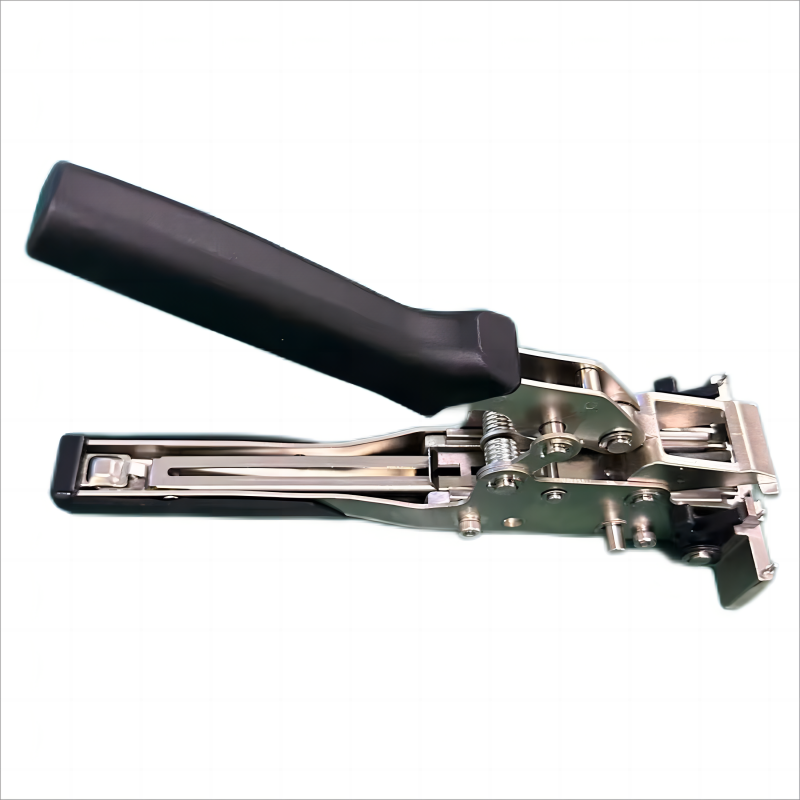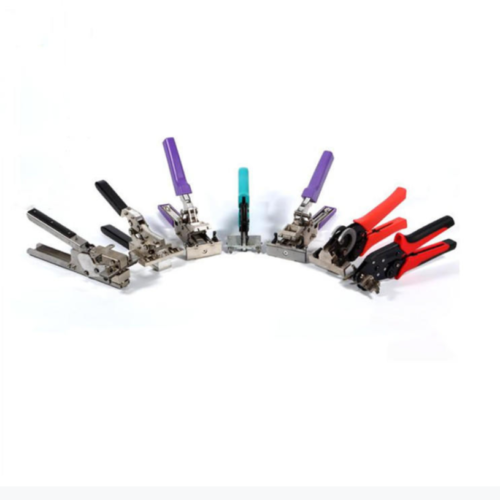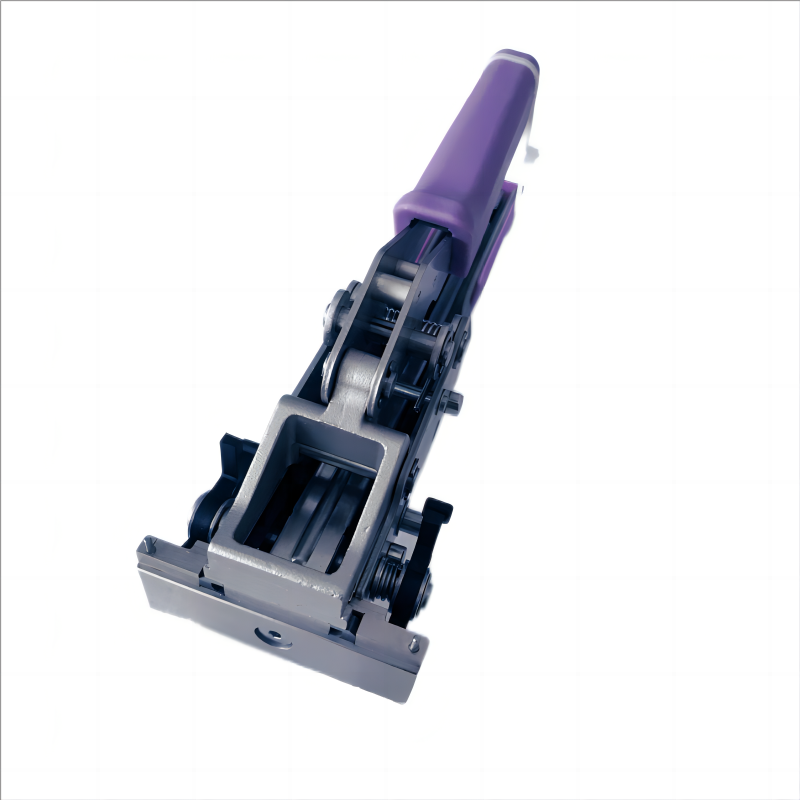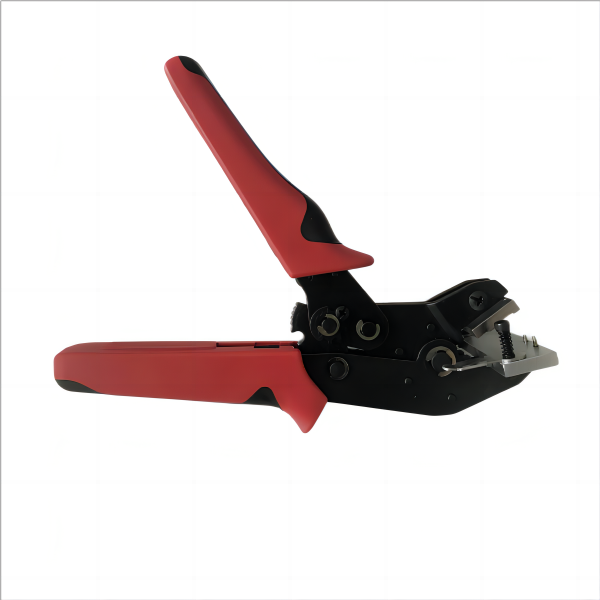SMD reel tape cutters are used to split the material tape into two or connect 2 connectors together, making precise component separation and connection become easier.
We have much more choice on the market today, it can be overwhelming to find the perfect knife. In this article’s buying guide, we’ll bring you to see and consider when choosing the perfect SMD reel-to-reel tape cutter for your assembly line needs.
Introduction
Efficient electronics manufacturing relies on accurate component handling. SMD reel tape splicing tools are designed to enhance the process, making component separation precise and efficient. In this guide, we’ll explore the factors that contribute to choosing the perfect cutter.

Understanding the SMD Reel Tape splicing tool
SMD reel tape splicing tools are specialized tools used to separate components from their carrier tapes. They ensure clean cuts without damaging the components, promoting efficient assembly.
Factors to Consider When Buying an SMD Reel Tape Splicing Tool
Cutter Type
Choose between manual, semi-automatic, and fully automatic splicing tools based on your production volume and efficiency requirements.
Cutting Mechanism
Opt for a cutter with a mechanism that offers clean, precise cuts without causing stress on the components.
Material Compatibility
Ensure the cutter is compatible with various carrier tape materials, such as paper, plastic, or embossed tape.
Size and Portability
Consider the size and portability of the cutter, especially if you need to move it between different workstations.
Security features
Purchasing safe splicing tools that are protected against static electricity and do not have sharp debris that can harm the operator. For example, our 1089696451 TAPE SPLICING TOOL, TL-80; is very different from the black anti-static SMD reel tape crimping Jig KT08.
The former is that there will be debris, and the safety performance is poor; the latter is to smash the splicing clip’s frame, which will not cause harm.

Different Types of SMD Reel Tape Cutters
Select the right cutter type based on your specific needs:
Manual Cutters: Handheld cutters operated by the user.
Semi-Automatic Cutters: Combine manual handling with automated cutting mechanisms.
Fully Automatic Cutters: Automatically advance the tape and cut components without manual intervention.
Step-by-Step Guide to Choosing the Right Cutter
- Assess your production volume.
- Determine the level of automation needed.
- Consider the types of components you’ll be working with.
- Evaluate the available workspace for the cutter.
- Research different models and their features.
Expert Tips for Optimal SMD Reel Tape Cutting
Ensure precise cutting with these tips:
- Proper Alignment: Align the tape properly to avoid skewed cuts.
- Blade Maintenance: Regularly clean and sharpen the blade for consistent performance.
- Precision Handling: Handle the cutter gently to prevent stress on the components.
Common Mistakes to Avoid
Steer clear of these mistakes:
- Ignoring Material Compatibility: Using the wrong cutter for specific tape materials can damage components.
- Neglecting Safety Features: Lack of safety precautions can lead to accidents and component damage.
Conclusion
Choosing the perfect SMD reel tape cutter is vital for efficient electronics assembly. By considering cutter type, cutting mechanism, material compatibility, size, and safety features, you’ll be equipped to make an informed decision. Follow expert tips to ensure optimal cutting results and avoid common mistakes that may hinder your assembly process.
FAQs
- Q: Can I use a manual cutter for high-volume production?
A: Manual cutters are best suited for low to medium production volumes due to their manual operation.
2. Q: How often should I maintain the cutter blade?
A: Regular maintenance every few weeks, depending on usage, ensures optimal cutting performance.
3. Q: Can semi-automatic cutters handle delicate components?
A: Yes, semi-automatic cutters offer a balance between manual control and automated precision, making them suitable for delicate components.
4. Q: Are fully automatic cutters worth the investment?
A: Fully automatic cutters are ideal for high-volume production where efficiency and precision are paramount.
5. Q: Can improper alignment damage the components?
A: Yes, improper alignment can result in skewed cuts, potentially damaging components and affecting assembly quality.




